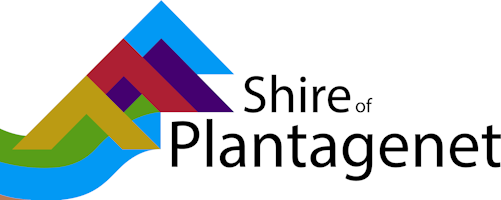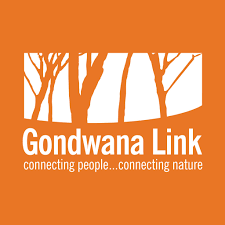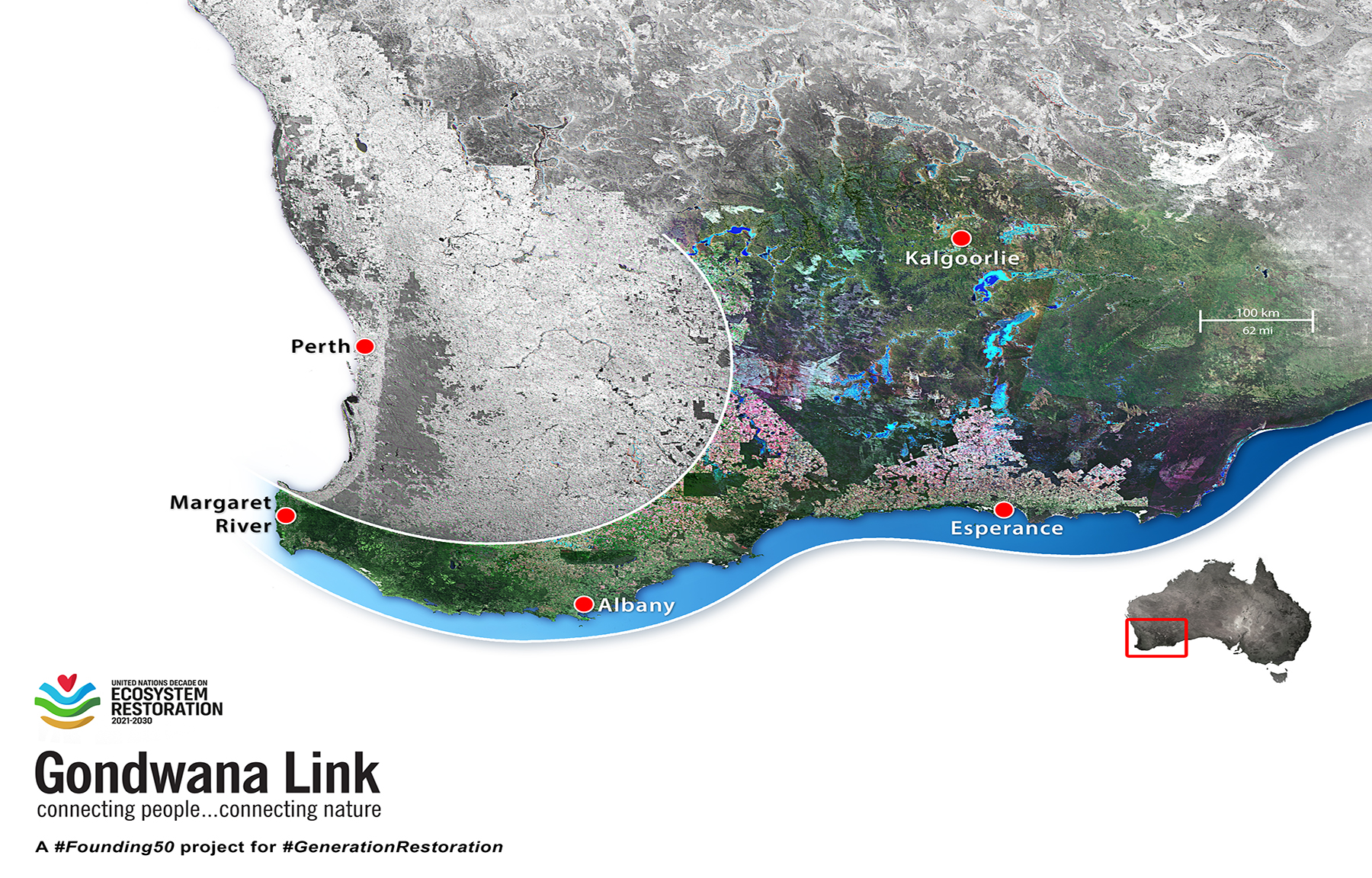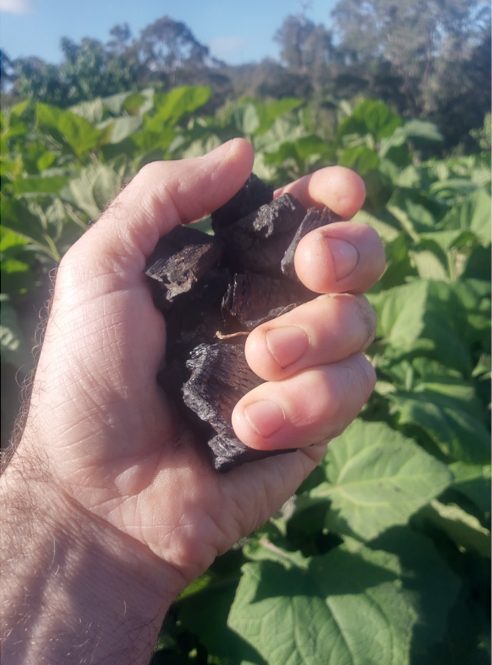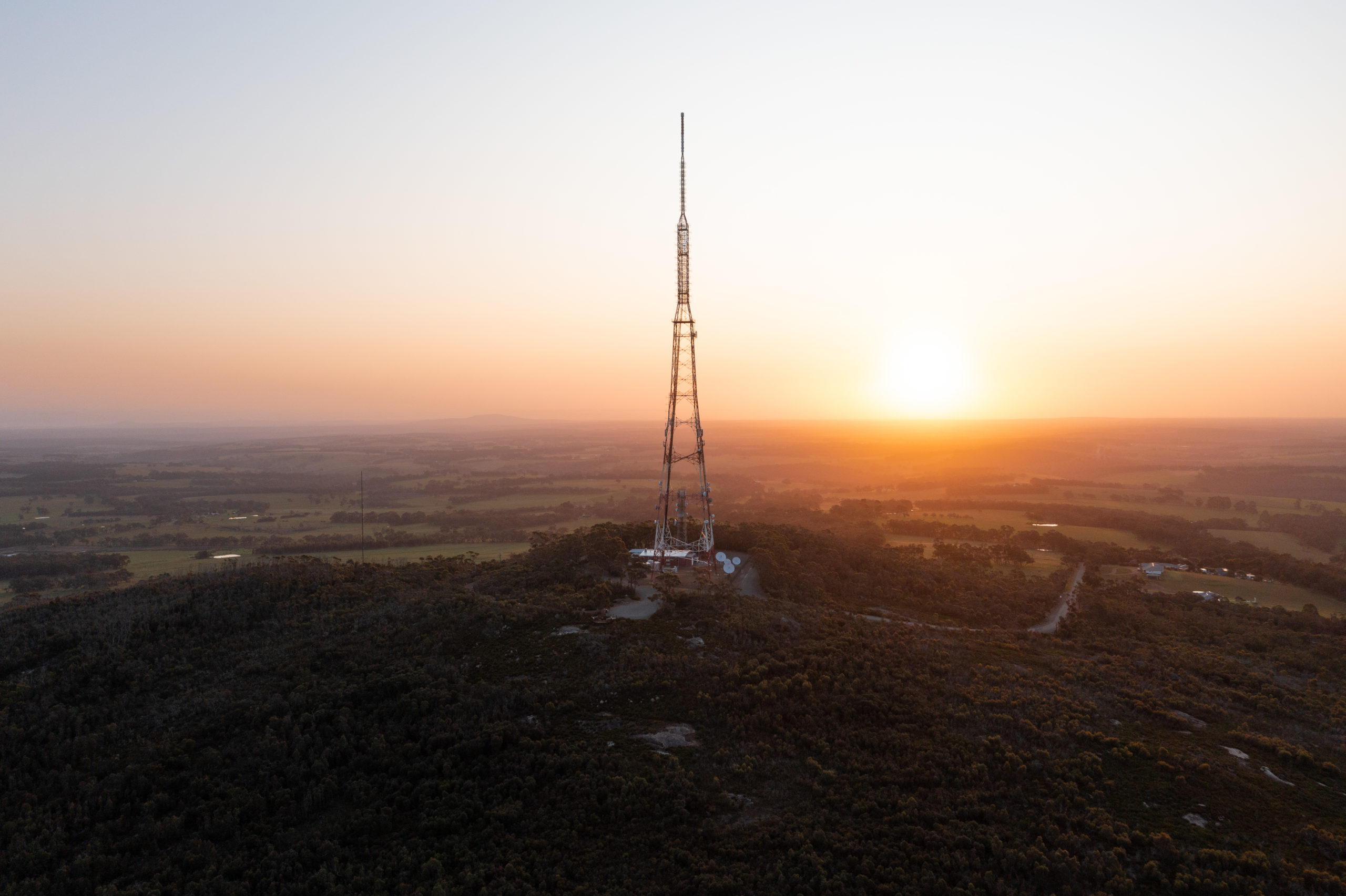
Plantagenet Community
The Shire of Plantagenet is north of Albany and Denmark, and 350km south of Perth. The Shire takes in the towns of Mount Barker, Kendenup, Narrikup, Rocky Gully and Porongurup.
Mount Barker is the commercial centre of the Shire and serves the agricultural industry, predominantly cattle and viticulture. The region is home to the Bibbulmun and Menang people of the Noongar nation who haved lived with and cared for the lands near the spectacular Porongurup Range for thousands of years.
The hills of Plantagenet are surrounded by a lush and diverse environment, with abundant species of trees, shrubs, wildflowers, birds and other fauna. With a population of 5,354 and a land area of 4,876 sq km, Plantagenet contributes $404 million of the Great Southern’s gross regional product. Agriculture and manufacturing are the main employers, along with jobs in education and training.
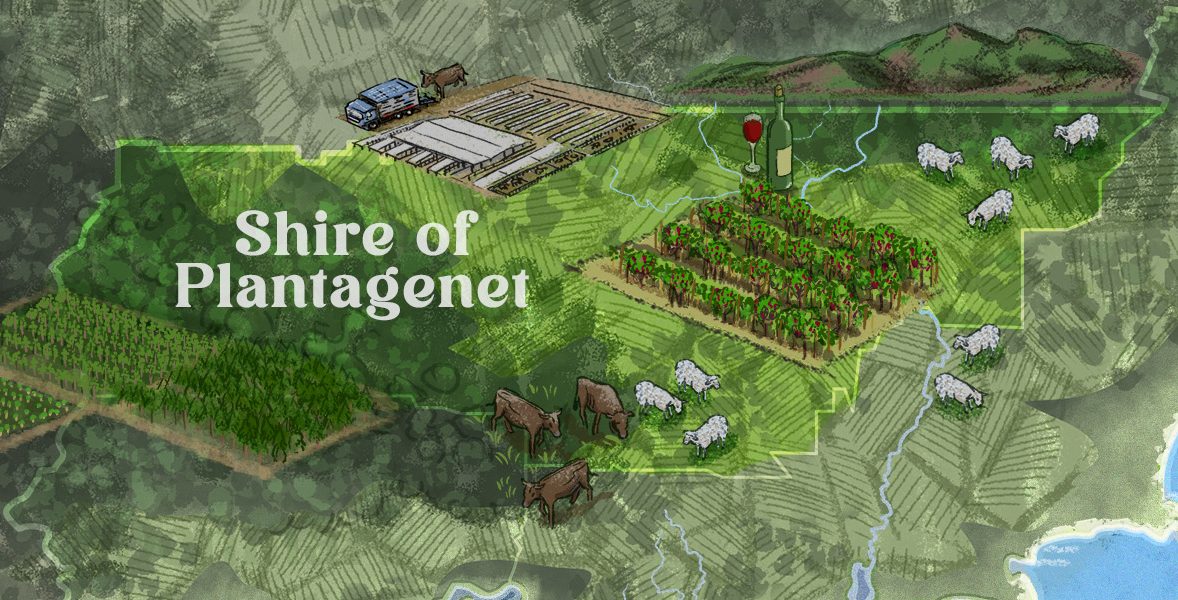
What’s changing in the climate?
My Climate View and Climate Change in Australia, produced by the Bureau of Meteorology and CSIRO, provide local and regional climate change information, including past trends and future projections in temperature and annual and seasonal rainfall. These graphs show changes to temperature and rainfall under a medium emissions scenario.
Maximum temperature: Average decadal temperatures are steadily increasing. Projections indicate that warming will continue, together with a significant increase in hot days.
Rainfall: Historical annual rainfall trends have declined. Future projections anticipate that annual rainfall will continue to decrease, particularly in winter and spring.
Projected Change in Average Summer Temperature for Plantagenet
The total annual rainfall for the Shire of Plantagenet showing the past rainfall from 1965 and future rainfall projections to 2085. Source: MyClimateView, location: Mount Barker
Projected Change in Annual Rainfall for Plantagenet
The total annual rainfall for the Shire of Plantagenet showing the past rainfall from 1965 and future rainfall projections to 2085. Source: MyClimateView, location: Mount Barker
The current state of emissions
As a predominately rural region, the majority of emissions for Plantagenet come from agricultural activity. For broadacre crops like wheat and barley, emissions generally arise from fertilizer use and diesel. For livestock, the majority of emissions come from methane emitted from the animals’ digestion, and the breakdown on manure. The other main area of emissions for Plantagenet is in transportation through the burning of petrol and diesel.
Carbon Emissions for Plantagenet for 2021/22
The carbon emissions for the Shire of Plantagenet (total = 368,000 tCO₂e, 21/22), divided into emissions source. Hover your cursor over the donut to see what makes up Plantagenet’s emissions profile. Source: snapshotclimate.com.au
Where we’re heading
For Plantagenet, under a Business as Usual scenario, the emissions from the region are expected to increase slightly over the coming years due to an increase in anticipated increase in economic activity. From 2040 emissions are anticipated to begin decreasing again as other factors, such as the transition to electric vehicles and the greening of the electricity supply, begin to become the major drivers of change.
Projected Carbon Emissions for Plantagenet
The carbon emissions projection from 2022 to 2050 for the Shire of Plantagenet, separated by sector. Hover your cursor over the bars to see what is projected to make up Plantagenet’s emissions profile by sector each year. Source: South Coast Alliance Regional Net Zero Plan – Ironbark Sustainability 2022
Opportunities for action
There are many actions that the community of Plantagenet can take to influence the amount of carbon emissions. These local actions vary from installing solar PV systems, to driving more efficient cars, to changes to agricultural practices that reduce fertiliser use. The South Coast Alliance has looked a a range of actions that the community of Plantagenet can take to see what are the most effective actions.
The collective impact of these actions could be substantial – by 2050 they may reduce community emissions by almost 70%. To better understand these actions and what options you can take yourself, click through below.
Projected Emissions for Business as Usual vs Taking Action for Plantagenet
Two possible scenarios for emissions in the Shire of Plantagenet from 2022 to 2050. The red line indicates the projected emissions if the community were to continue Business as Usual. The green line shows the potential reduction in emissions if all actions on this website are implemented.
Explore by Sector
We’ve grouped the actions that people in the community can take into “sectors”. You may be interested in more than one sector – for example your household and your small business.
Some sectors can be significantly impacted by the collective actions of individuals, for others the action might be more about education or advocacy.
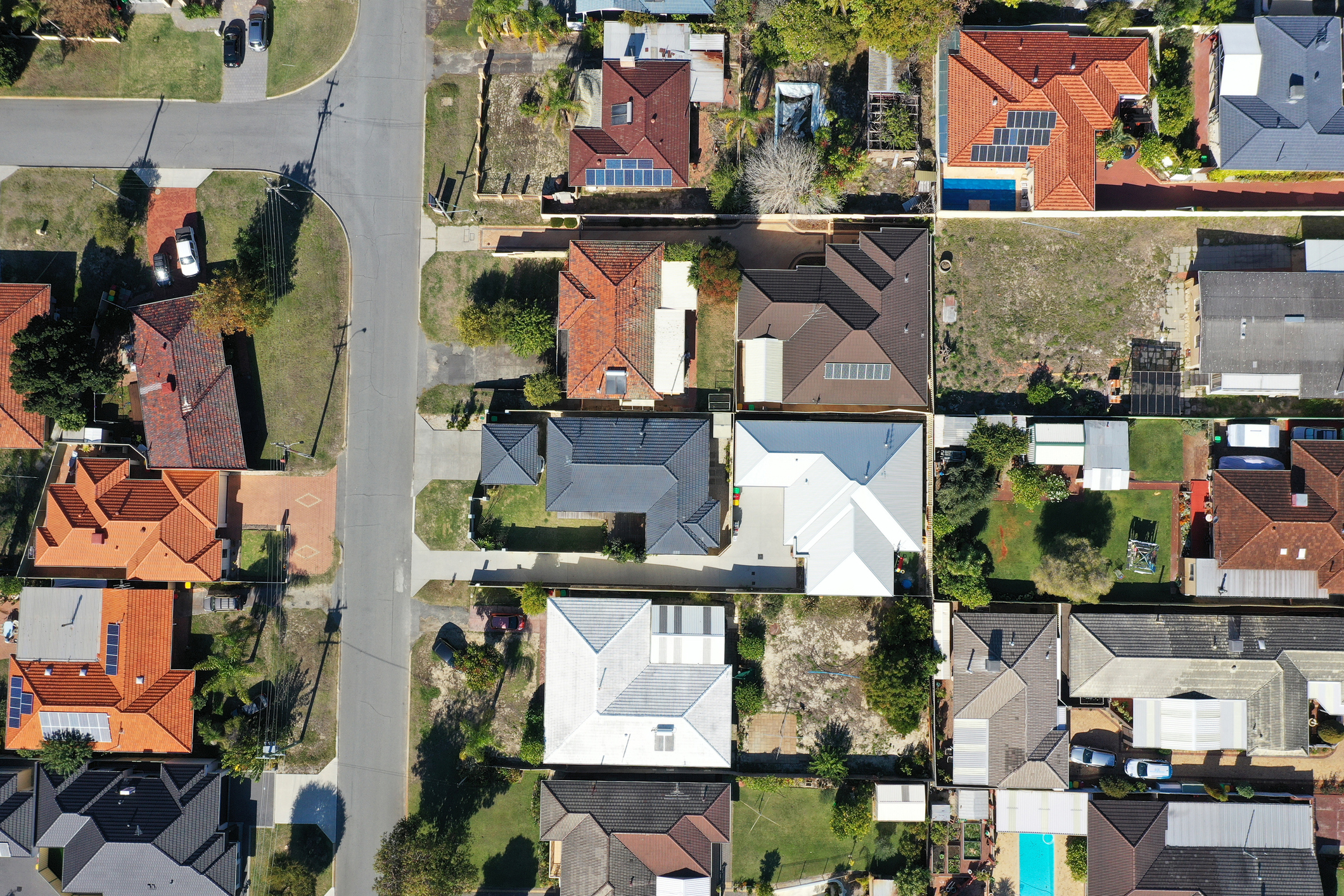
Households
Plantagenet has a very small residential population of 5,500 people, with the majority located in Mount Barker and surrounds. The region overall is highly agricultural, with many households located in or near farms. Because of this distribution, the vast majority of households are stand alone properties, and owned by their occupants.

Small Businesses
Business activity only contributes a very small amount to the overall emissions for Plantagenet, being only slightly above one percent of total emissions. These emissions are mainly attributable to electricity consumption for lighting and appliances.
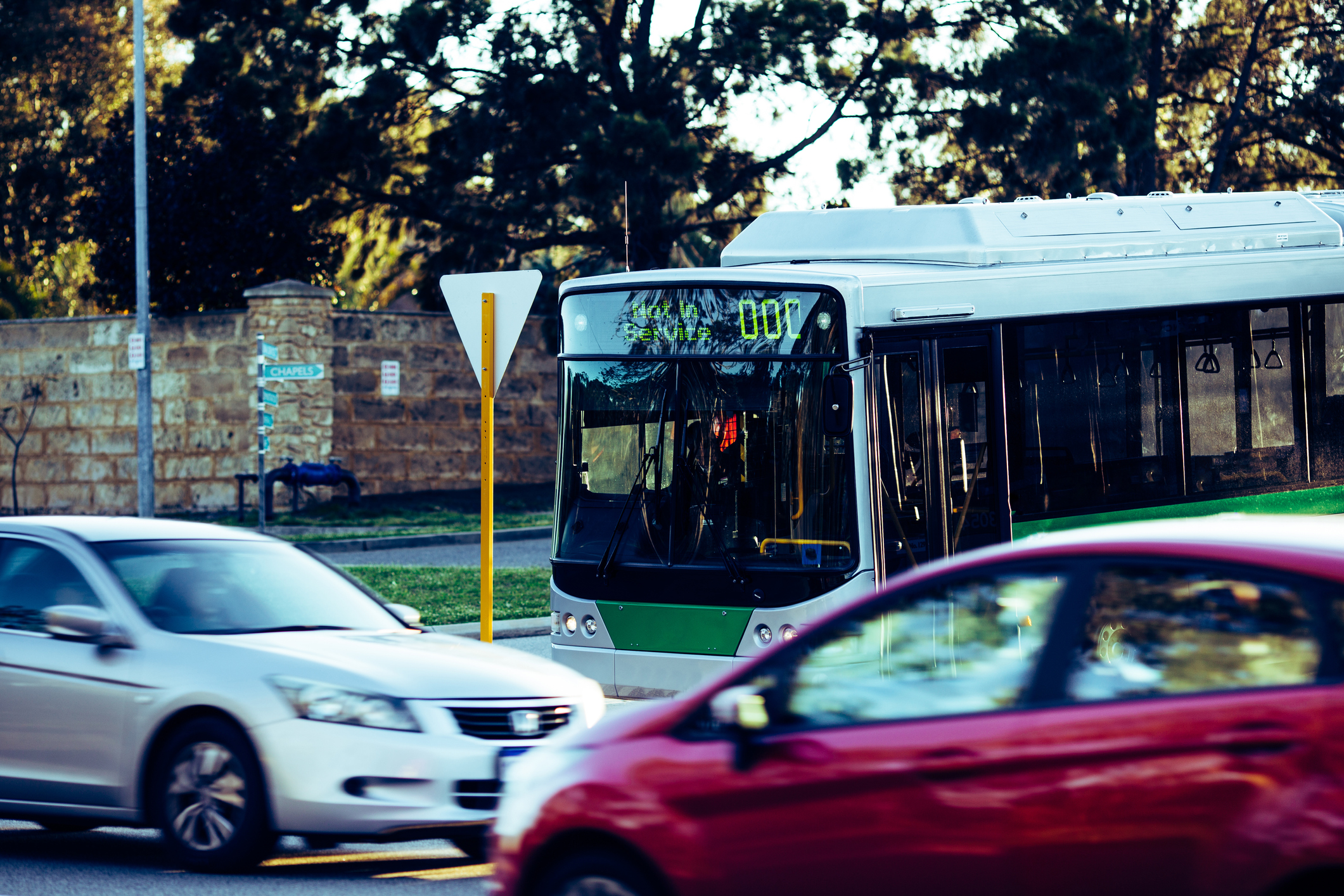
Transport
Transport emissions make up a significant proportion of the emissions of Plantagenet, predominantly from personal car use.
Changes to how people get around will be needed to reduce emissions in this area, including swapping to electric vehicles and more active modes of transport.
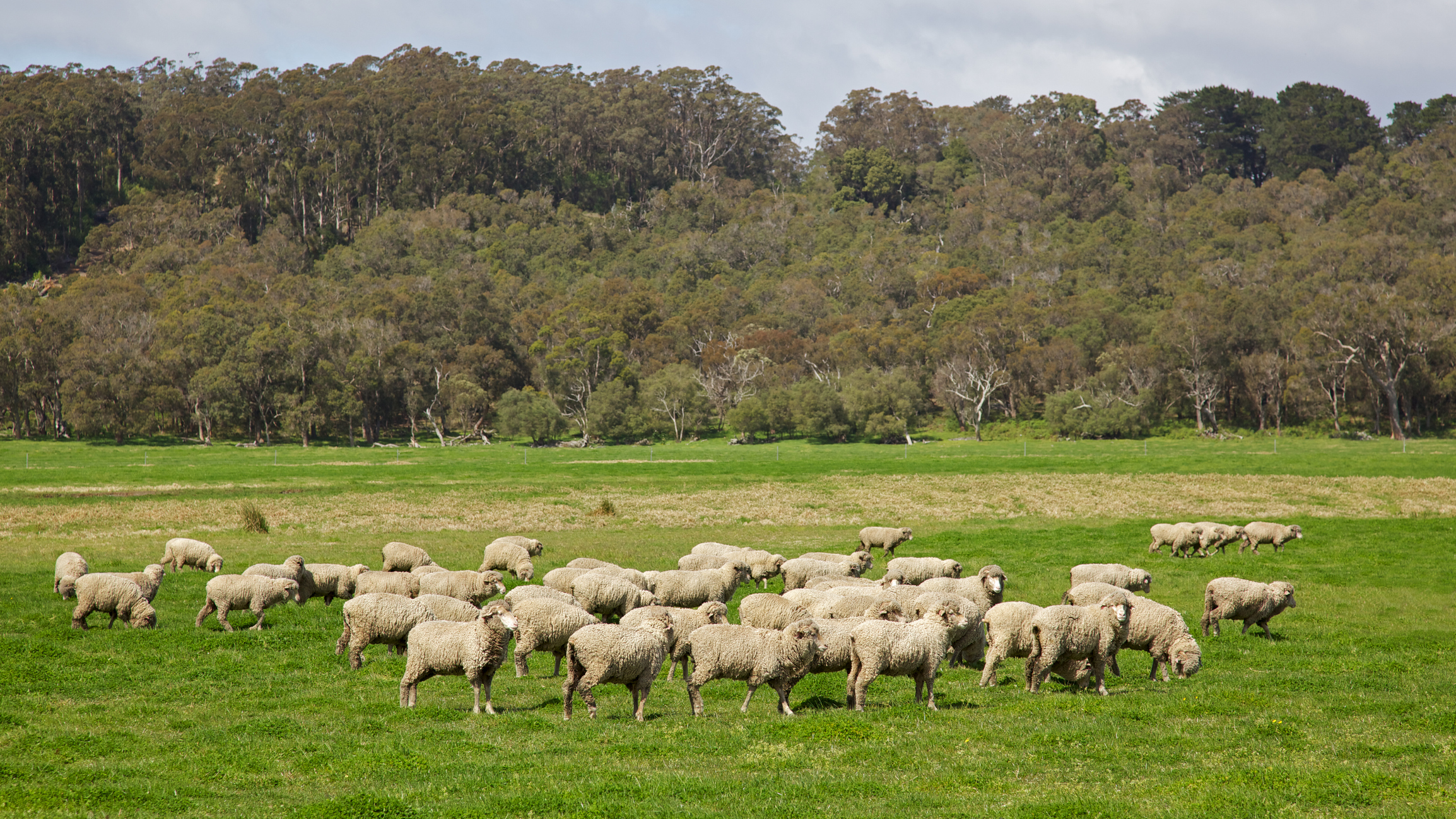
Agriculture
Agricultural emissions for Plantagenet centre around sheep and cattle. While a significant portion of agricultural production in the region is dedicated to broadacre crops and grape cultivation, these activities contribute relatively minimal carbon emissions.
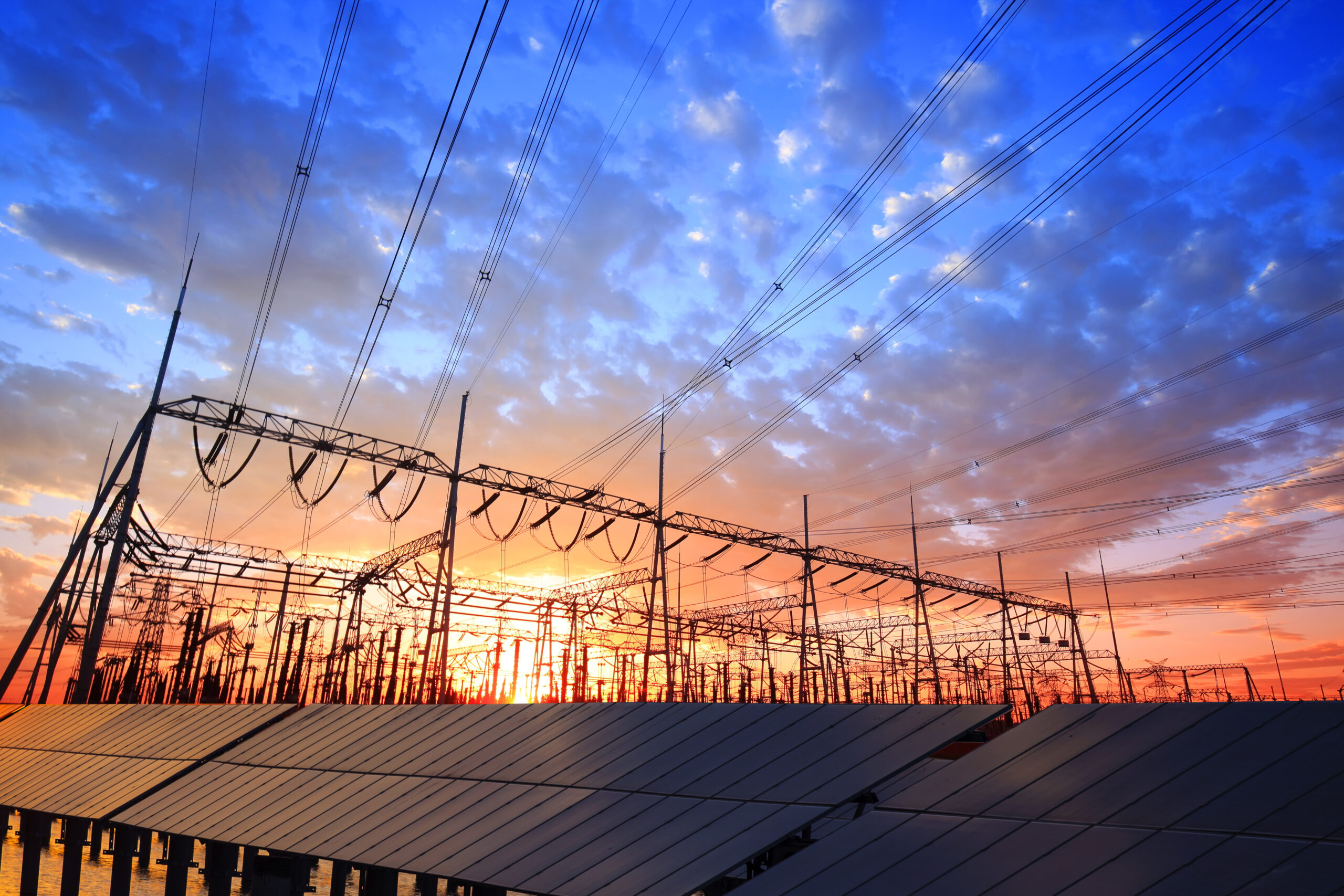
Industry & Grid
Industrial consumption is a modest contributor to the municipal emissions. Industrial activity is centered around wine production and other agricultural processes, in addition to a small manufacturing sector.
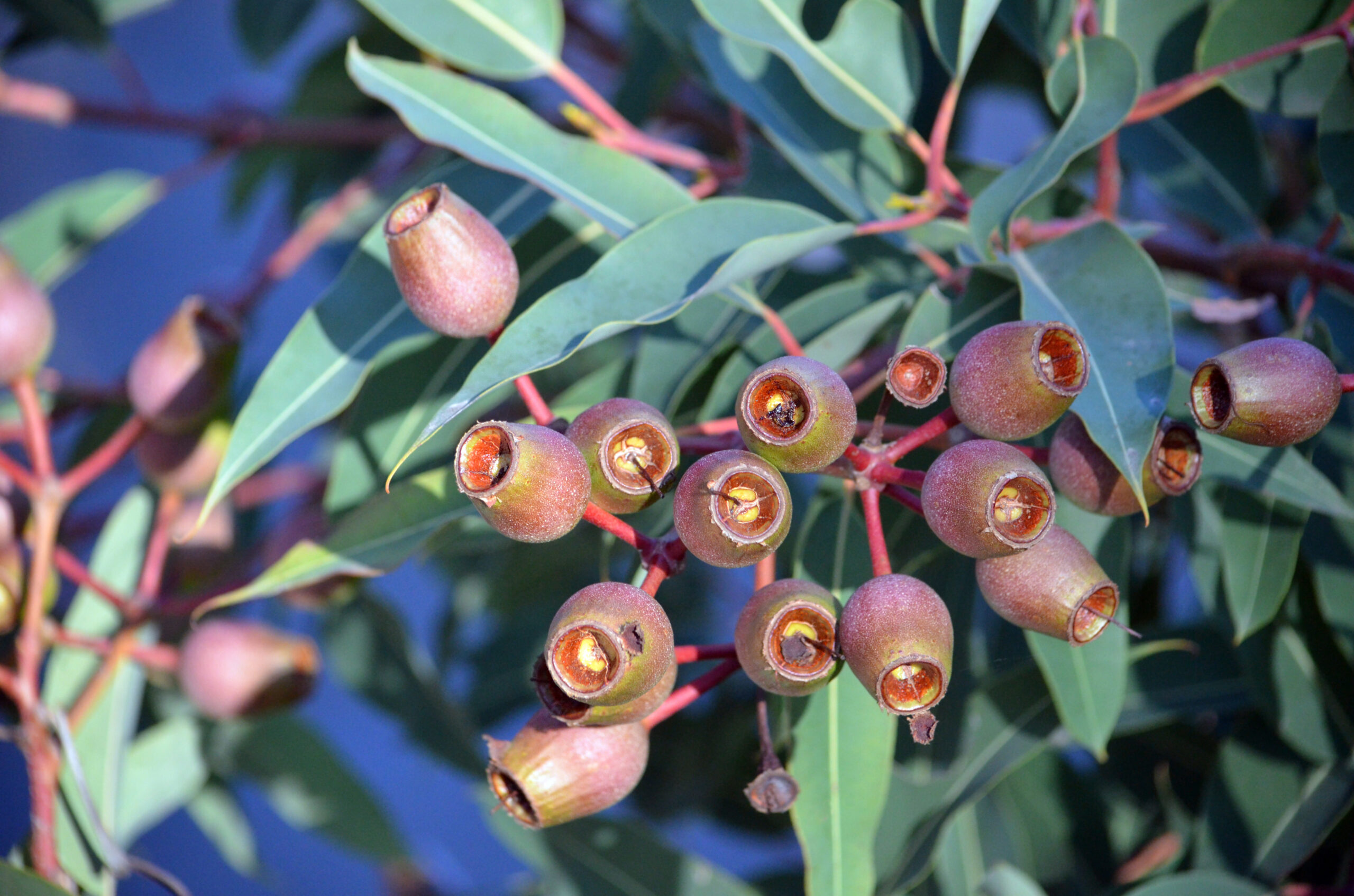
Land Use & Ecosystems
The Land Use and Ecosystem sector concerns changes to emissions based on the loss or gain of vegetation, and to ecosystem health more generally.
Revegetating degraded land and waters can reduce emissions, increase biodiversity, and supports healthier communities.
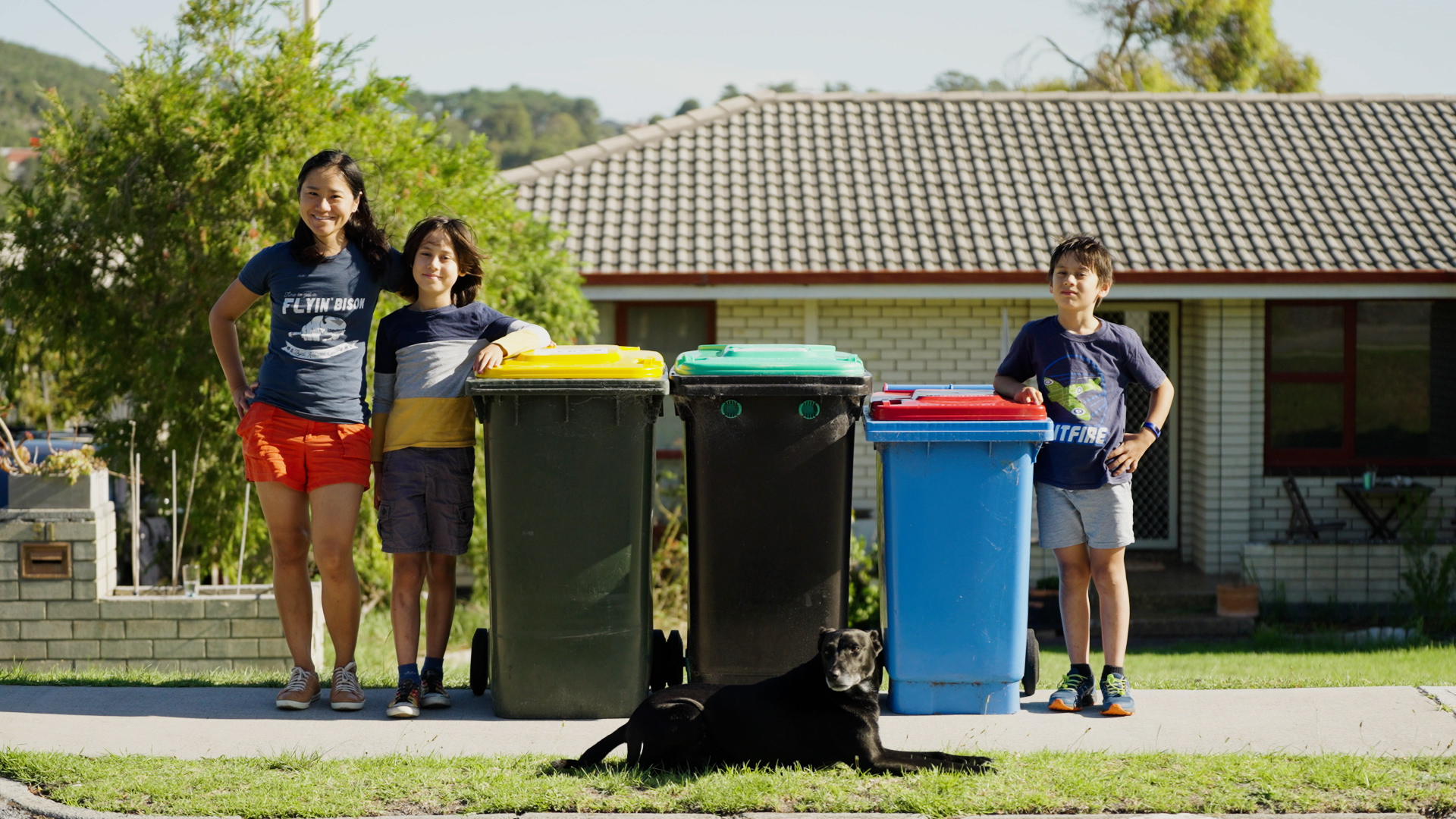
Waste Management
Landfill makes a small contribution to Plantagenet’s emissions.
Better management of organic and other waste from our homes and businesses can have numerous benefits for the health of our gardens and paddocks, sustainability of our supply chains, and associated waste management costs.
Who’s taking action in the region?
Regional Success Stories
-
Gondwana Link’s 1000 Kilometres of Hope

Gondwana Link’s 1000 Kilometres of Hope. Embark on a transformative journey with Gondwana Link as they restore 1000 kilometres of vital habitats in south-western Australia. Discover how their innovative approach, leveraging international support and strategic conservation, is fostering biodiversity, ecological resilience, and community impact in the face of climate change. Read the case study here…
-
From Green Waste to Net Zero

From Green Waste to Net Zero explores Wilson Inlet Catchment Committee (WICC) initiative to tackle the pressing challenge of managing escalating volumes of green waste, plastics, and high-nutrient wastewater in Western Australia. Partnering with key stakeholders, WICC explores an innovative solution centered around pyrolysis technology. Discover how this approach could not only address waste management…

